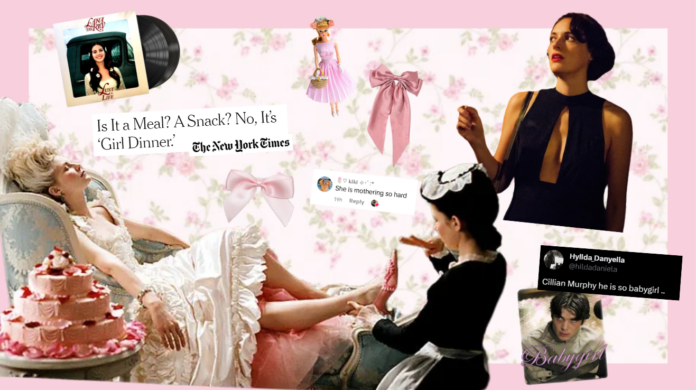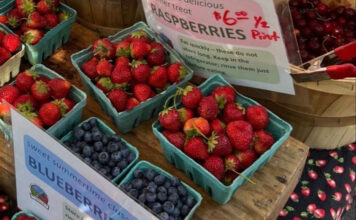What does it mean to be “girl?”
This is a simple question with no real answer. Throughout the 21st century, the term “girl” has evolved drastically.
Let’s first think back to “The Sandlot,” a popular baseball film released in 1993. Specifically in this film, the use of the word “girl” is an insult used to tear another boy down. “You play ball like a girl.” This insult is the tipping point for these boys, the final straw.
This scene in particular is absolutely hilarious, naturally. It is necessary to see the beginning point of the term “girl” as describing something other than a female child. Used in this derogatory way, “girl” is not used only to insult people but also objects, hobbies, colors and media.
This could not be more different from today.
Of course, “girl” can and will be used as an insult in current times. What lies beneath it, however, is the current phenomenon of using “girl” to add a positive moniker to everyday feelings and events.
From styles, subcultures and personal aesthetics, such as “cool girl,” “clean girl,” “soft girl,” E-girl,” “it girl,” “babygirl,” “Christian girl autumn,” “girly girl,” “basic girl,” “downtown girl,” “uptown girl” and more. Not to mention styles and aesthetics that are rooted in an idea of stereotypical girlhood such as “coquette,” “bimbocore” and “lolita.”
This unity of “girl” as a way to distinguish behaviors and interests shows that the word has become more than a term for female children.
“Girl” can be applied to a verb, such as “girlboss,” a term used to describe successful women but also as a philosophy. “Girlboss” can be used as an adjective, as a verb and as a noun.
It can also be applied to a noun, as in “girl dinner,” a recent TikTok trend used to describe quite simply a meal. “Girl dinner,” however, has also been used to describe attractive men.
“Girl dinner” isn’t the only term used to describe attractive men. “Babygirl” is also a way to describe a quality of a man that makes him seemingly more attractive to a woman. What this quality is, no one knows. He’s just “babygirl.”
This colloquial use of the word “girl” is perplexing. In Middle English, “girl” meant to describe a child of either sex. How did it become a way to describe a woman, then to insult a man and finally to compliment a man?
“Girl” used in this way explores womanhood not as a stereotype, but as a real thing that takes up space. It is confusing, messy, unapologetic and campy, a caricature of what it means to be viewed as girly.
It shows that girls can exist as people with interests, hobbies, styles, desires, crushes and depth.






















